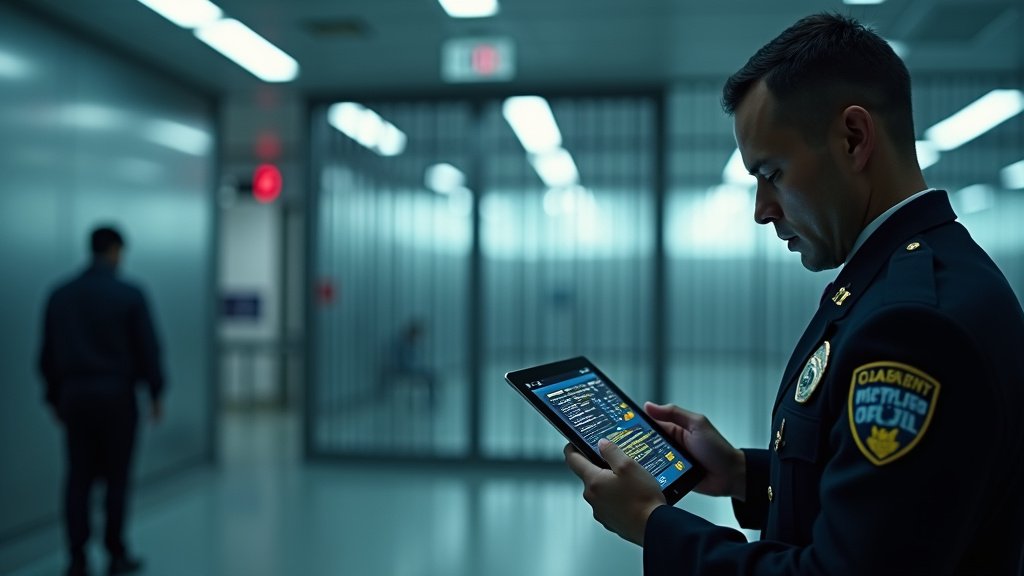Landmark Asylum Rule Implemented at US Southern Border
The U.S. administration initiated a significant overhaul of its asylum processing system at the southern border with the implementation of a new rule effective June 8, 2025. This sweeping regulatory change introduces stringent new requirements for individuals seeking protection, fundamentally altering the process that has been in place for decades.
The core of the new regulation mandates that most migrants must adhere to one of two primary pathways before reaching the U.S. border if they intend to seek asylum. The first requires scheduling a processing appointment through a designated mobile application. This digital-first approach aims to channel hopeful asylum seekers into an orderly queue, ostensibly reducing spontaneous arrivals at ports of entry and curbing crossings between them.
The second pathway requires migrants to seek protection in at least one country they transited through on their journey to the United States. This rule effectively establishes a presumption of asylum ineligibility for those who arrive directly at the U.S. border without first having been denied protection in a transit nation.
The consequences for individuals who fail to comply with these new requirements are immediate and severe. The rule subjects non-compliant migrants to expedited removal, a process that significantly speeds up deportation proceedings, often without the opportunity for a full asylum hearing. This contrasts sharply with previous procedures that allowed many individuals arriving at the border, even between ports of entry, to initiate asylum claims within the United States.
Stated Objectives and Rationale
Administration officials have articulated clear objectives for the new rule. They assert the measure is strategically designed to manage migration flows more effectively. The previous system, they argue, was overwhelmed by the volume of arrivals, leading to backlogs and chaotic scenes at the border. By directing migrants through scheduled appointments or requiring them to seek protection elsewhere first, the government hopes to impose greater structure and predictability on the process.
A primary stated goal is also to reduce unlawful entries between ports of entry. Officials contend that the prospect of expedited removal for those bypassing official crossing points will deter individuals from attempting dangerous journeys through remote and often perilous terrain. The focus is shifted towards encouraging processing at designated locations, which the administration believes will enhance border security and humanitarian management.
Early Observations and Shifting Patterns
Initial observations from personnel on the ground confirm that the rule is already having an impact. Reports from U.S. Customs and Border Protection officers and other border enforcement personnel indicate noticeable shifts in migrant crossing patterns. While the overall number of encounters may fluctuate, the manner in which individuals are attempting to enter or present themselves at the border appears to be changing.
Non-governmental organizations (NGOs) operating in border regions have also corroborated these early observations. They report seeing fewer large groups attempting to cross between official ports in some areas, though this trend is not uniform across the entire vast southern border. Simultaneously, there are reports of increased pressure on the designated processing locations, particularly ports of entry where the mobile app appointments are scheduled. This concentration of activity, while intended, creates operational challenges for border officials and support organizations alike.
Aid groups are working to understand how the rule affects vulnerable populations, including families and unaccompanied minors, and are adapting their services to the evolving landscape at the border. The digital requirement of the mobile app, for instance, presents immediate accessibility challenges for migrants who lack smartphones, internet access, or digital literacy.
Legal Challenges Mounted
Almost immediately following the rule’s implementation, it faced challenges in the U.S. legal system. Immigration advocates have filed initial legal challenges, arguing that the new regulation bypasses established asylum laws. Their core contention is that U.S. law provides individuals the right to seek asylum upon arriving on U.S. soil, regardless of their point of entry or prior transit through other countries, unless specific legal exceptions apply.
Advocates argue that the rule imposes an effective ban on asylum for many who would otherwise be eligible under statutory law. They contend that requiring migrants to navigate complex appointment systems or forcing them to seek protection in countries where they may not be safe or where asylum systems are inadequate violates fundamental principles of U.S. and international refugee law. These legal battles are expected to be protracted, potentially determining the long-term viability of the new asylum processing framework.






